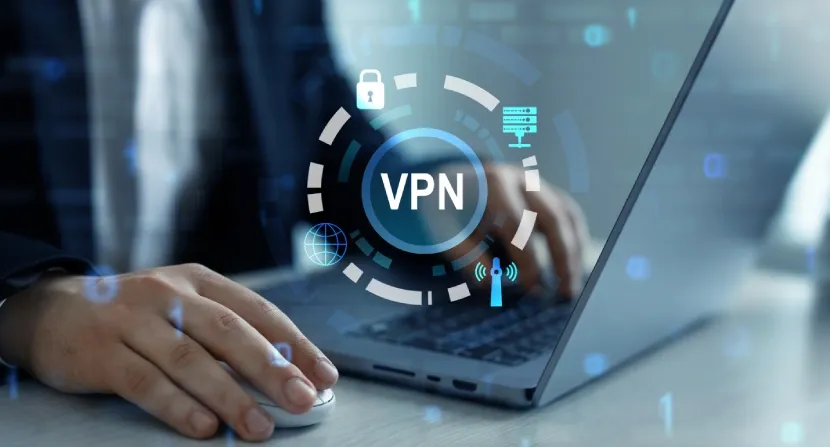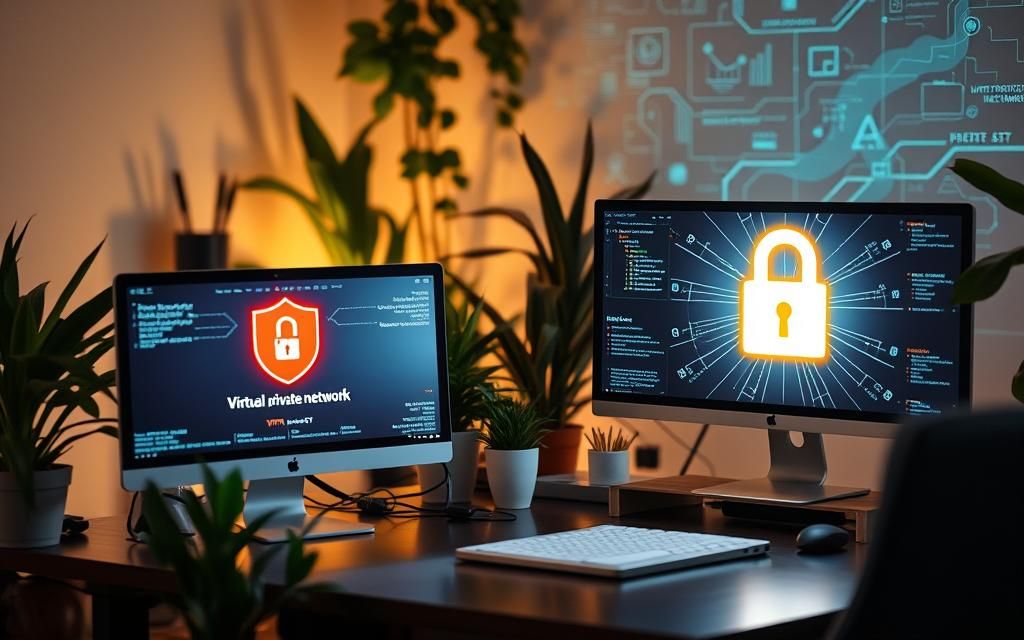In today’s digital age, social media has become an integral part of our daily lives, connecting us with friends, family, and the world. However, with the rise of online interactions, ways to protect your privacy on social media have never been more critical. Every post, comment, and profile update can expose personal information to potential risks, including identity theft, cyberstalking, and data breaches. By adopting proactive measures, users can safeguard their data and maintain control over their online presence. This article outlines 5 essential tips to help you navigate the social media landscape securely, ensuring your privacy remains intact in an increasingly connected world. Understanding the Importance of Privacy on Social Media Social media platforms collect vast amounts of data about their users, often without clear consent. From your browsing habits to your location and even your emotional state, ways to protect your privacy on social media involve understanding how this data is used and what you can do to minimize exposure. One of the first steps is to familiarize yourself with the privacy settings on each platform you use. These settings allow you to control who can see your posts, photos, and personal information. For example, Facebook offers detailed options to restrict your profile to only friends or a specific group, while Instagram lets you choose between public and private accounts. By adjusting these settings, you can significantly reduce the risk of your data being accessed by unwanted parties. Another key aspect is recognizing the power of your online actions. Every photo you upload or status you update can be a potential vulnerability. For instance, sharing a photo of your home with a visible address might give thieves an idea of when you’re away. Similarly, posting about a recent trip can reveal your travel patterns, making you a target for fraud. Ways to protect your privacy on social media also include being mindful of the information you share. Simple habits like avoiding oversharing and using strong passwords can create a stronger barrier against data breaches. These steps are not just about security—they’re about reclaiming control over your digital footprint and protecting your personal life from prying eyes. The significance of privacy protection extends beyond individual security. In a world where social media is often used for professional networking, ways to protect your privacy on social media can also impact your career. A single post with sensitive information might be used against you by employers or clients. Therefore, it’s essential to approach your online presence with intention and strategy. By implementing the following 5 essential tips, you can ensure that your privacy is prioritized while still enjoying the benefits of social media. Adjust Your Privacy Settings 1 Understand the Default Settings Most social media platforms have default privacy settings that are often less restrictive than users might assume. Ways to protect your privacy on social media begin with a thorough understanding of these defaults. For instance, Facebook’s default setting for posts is “Public,” meaning anyone can see them. Instagram, on the other hand, may set new posts to “Private” by default, but this can vary depending on your account type. It’s crucial to review these settings regularly to ensure they align with your privacy goals. By knowing what your account is set to, you can make informed decisions about who has access to your information. To start, go to the privacy settings of your preferred platform. For example, on Facebook, click on the “Settings & Privacy” menu, then select “Privacy Settings.” Here, you can adjust options like who can see your profile, friend requests, and posts. Similarly, on Instagram, navigate to the “Settings” app and select “Privacy.” Each platform offers unique tools, so taking the time to explore them is a fundamental part of ways to protect your privacy on social media. This section will guide you through the process of customizing your privacy preferences to maximize your security. 2 Customize Your Privacy Preferences Once you understand the default settings, the next step is to customize your privacy preferences to suit your needs. For instance, you might want to limit your profile visibility to only your friends or a specific group. On Facebook, you can adjust your profile to “Friends Only” or “Custom” to define which users can view your information. On Instagram, setting your account to “Private” ensures that only approved followers can see your posts. These adjustments can be made under the platform’s privacy settings, where you can also control who can tag you in photos, send friend requests, and comment on your posts. Another important customization is setting your posts to “Private” or “Friends Only.” This prevents your content from being visible to the general public. Additionally, you can restrict your location settings to prevent others from seeing where you are in real time. For example, disabling the “Location History” feature on Google Maps can stop your movements from being tracked. These settings are often overlooked, but they play a significant role in ways to protect your privacy on social media. By taking the time to fine-tune your preferences, you create a more secure digital environment. 3 Regularly Update Your Settings Even after adjusting your privacy settings, it’s important to review and update them periodically. Platforms frequently introduce new features or change their privacy policies, which can affect how your data is collected and shared. For example, a recent update might allow third-party apps to access more personal information. By staying informed about these changes, you can ensure your settings remain effective. This habit of regular updates is a vital part of ways to protect your privacy on social media, as it helps you adapt to evolving security threats. You can set reminders to check your privacy settings every few months. This is especially crucial during significant life events, such as moving to a new city or changing your job. During these times, your online presence might reflect new personal details that you want to control. Additionally, if you start using a new platform, take the





